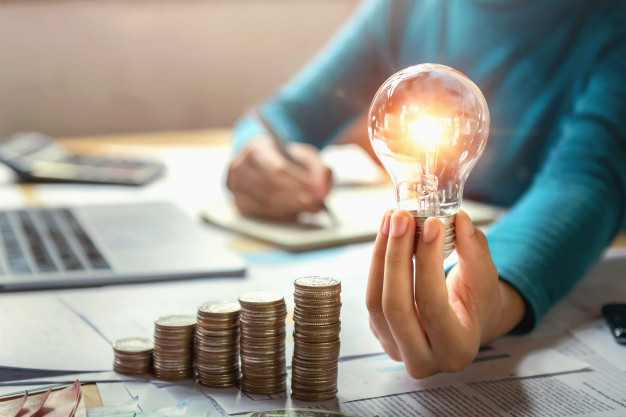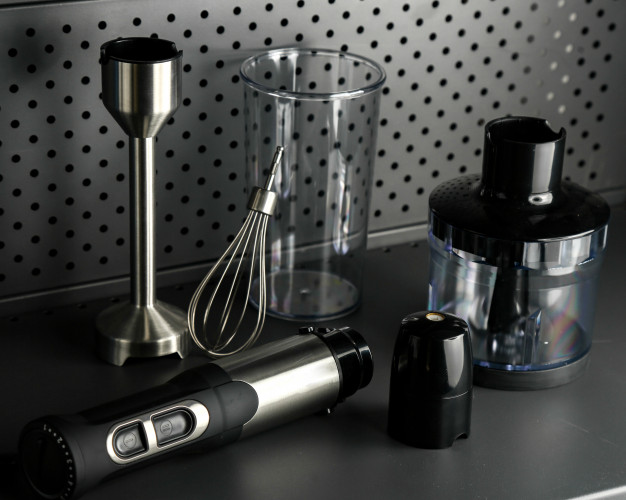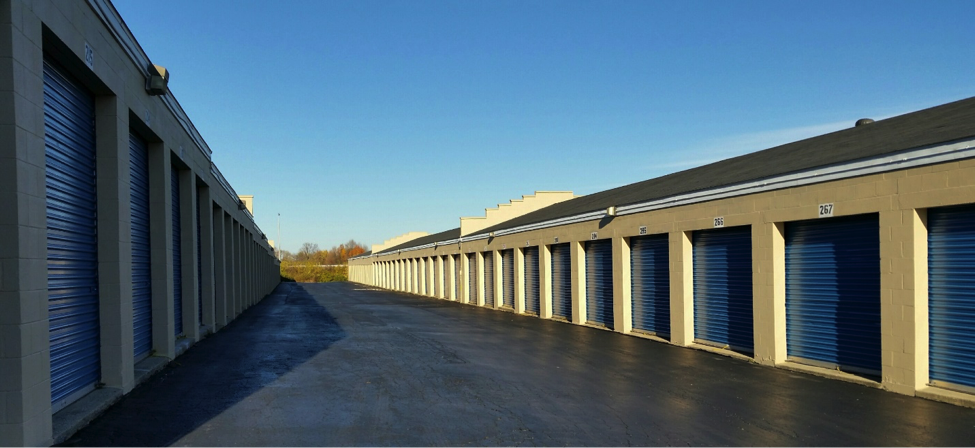How to Make Your Home More Energy Efficient

Take a look at some of the tips below on how you can make your home more energy-efficient!
 Photos By: Freepik
Photos By: Freepik
Our world is dominated by technology and innovation. We’re fortunate enough to have useful apps available that help us measure and track our energy usage. With all this amazing tech around us, it’s surprising that we’re still paying so much for electricity. Here is how to stop paying so much in energy bills today:
Do an Energy Audit
Doing an audit can be a complicated process. So if you’re serious about finding how you’re wasting energy in your home, consider hiring a professional. A certified auditor will inspect your house to narrow in on saving opportunities and identify areas that need improvement. You can visit EnergyBot or any other comparison website to compare various providers’ rates to make sure you’re not paying too much.
Control Your Thermostat
Develop the habit of lowering the temperature on your thermostat if you’re going to be away from home. Dropping the temp by 3 to 5 degrees will reduce your utility bill. If you can lower your thermostat 10 to 15 digits more during your workday, you could save up to as much as 15% every year.

Seal the Windows
Put in some extra effort by sealing the air leaks in and around all the windows in your house. If the openings are considerably draughty, add some weatherstripping around the frames. Place a bead of silicone caulk over any large cracks in your drywall. Covering crevices and gaps is an easy and affordable way to lower energy costs.
Insulate Your Home
Adding insulation inside your house can help seal air leaks and improve your home’s heating and cooling costs. It’s especially useful if you put filling in your attic. The amount of material you need to cover your loft floor will depend on your home size and the climate in your area.

Unplug Chargers
Chargers that are plugged in but aren’t in use are often referred to as energy vampires. Battery and cell phone charging units are the biggest culprits that draw electricity even when they’re not plugged into any device. One cable itself won’t make much impact, but when you put all of them together, they can be responsible for as much as 10% of your electricity bills.
Install Solar Panels
Solar panels aren’t cheap, but they’re becoming more popular, especially to save energy when heating water and generating electricity for homes. In the long run, the panels will help you save money and promote lower fossil fuel usage, which can qualify you for annual tax incentives. They’re usually installed on the roof of the home, and if set up correctly, can set you free from your utility company as they generate power independently.
Buy Energy-Efficient Appliances
The EPA has set up an initiative called Energy Star Products. It requires appliances to meet certain specifications set out by the department and to use up to 50% less power than the standard machines. Furthermore, the regulated pieces of equipment are used to reduce emissions of greenhouse gases. It includes products such as refrigerators, stoves, televisions, washers, and air conditioners. If you’re planning to replace an appliance, consider getting an Energy Star certified product, which will add up to cost-saving in the long run.

Final Thoughts
Going green is easier than people think by making a few simple changes in your home. You’ll be able to save money as well as help the environment. One of the easiest ways to cut your bill is by lowering your thermostat temperature when you’re not home and sealing the windows to stop draughts. If you have some money, you can invest in insulating your home, which will lower your heating and cooling costs. Do an audit and find out exactly where you draw the most electricity. If it’s time to buy new appliances, consider getting EPA Energy Star rated products that draw up to 50% less power than standard machines.







Leave a Comment